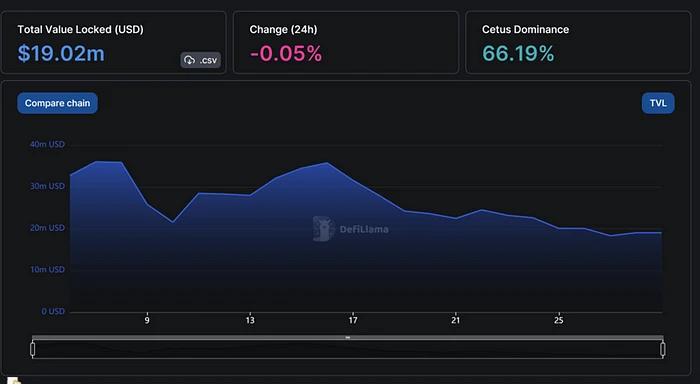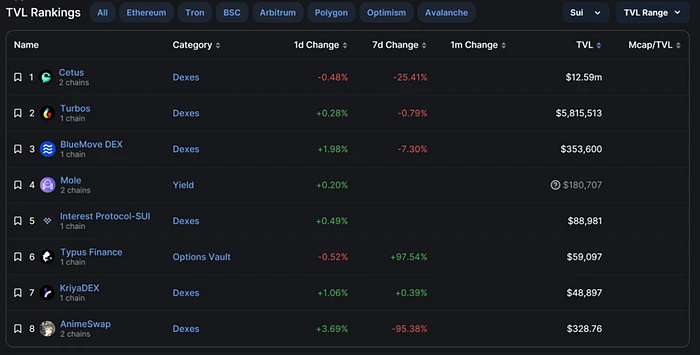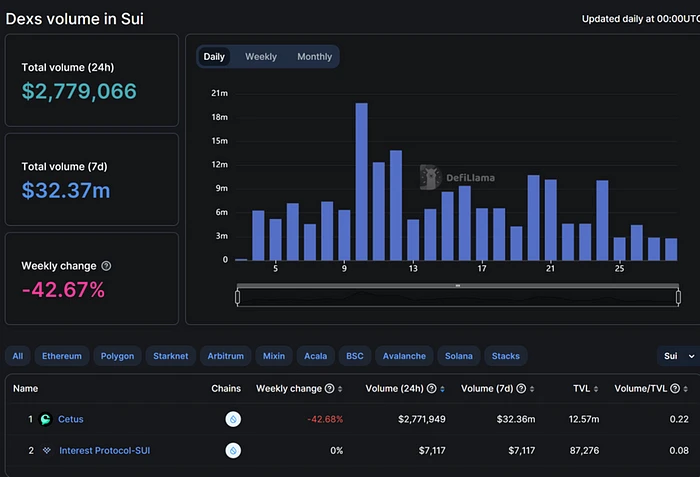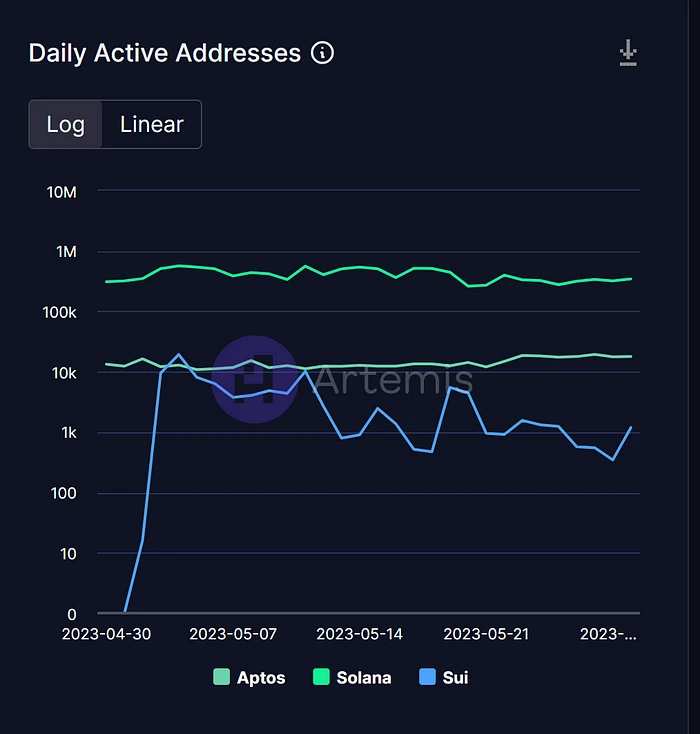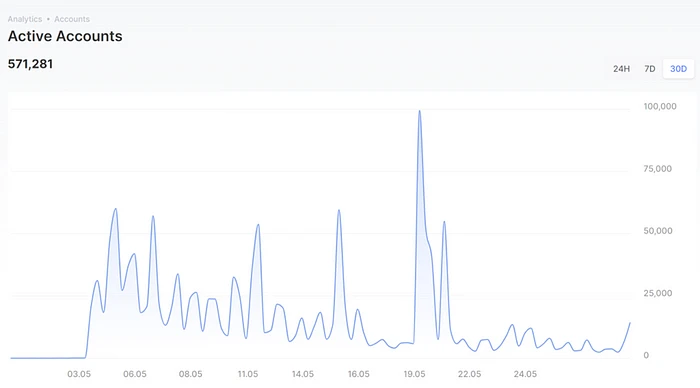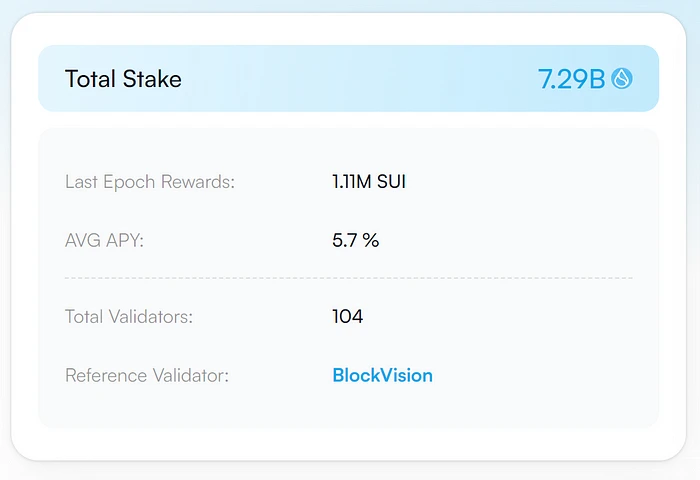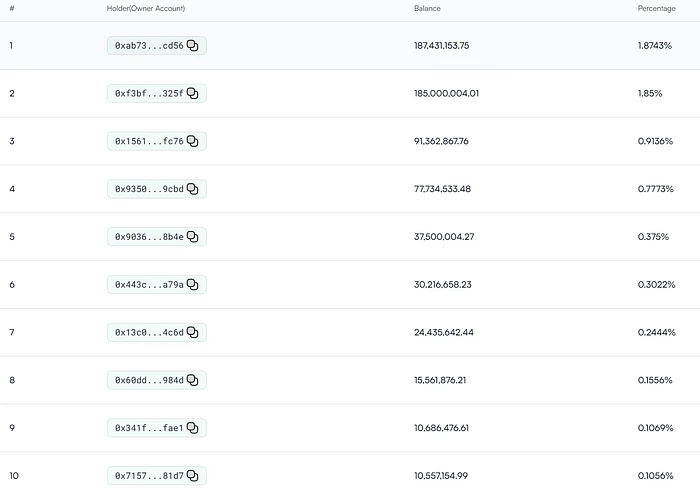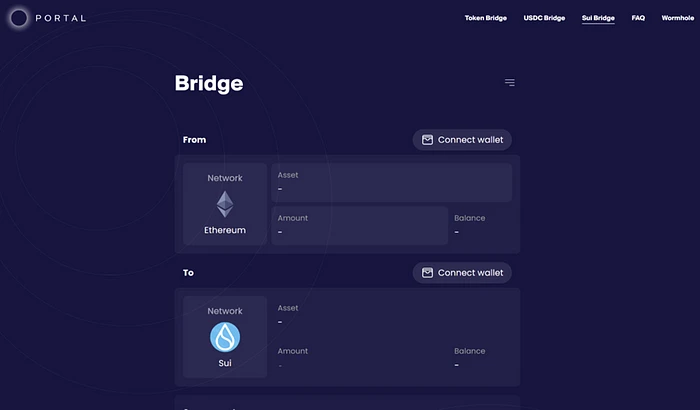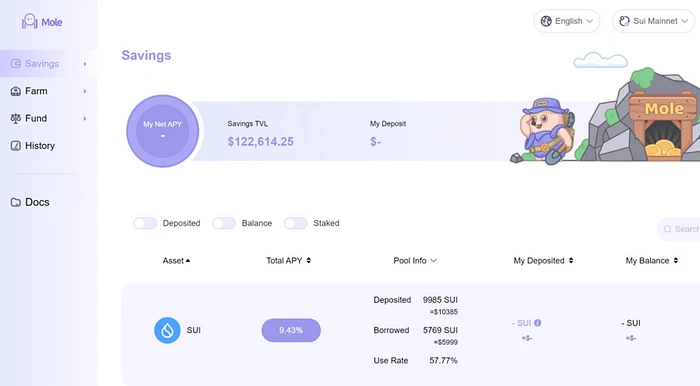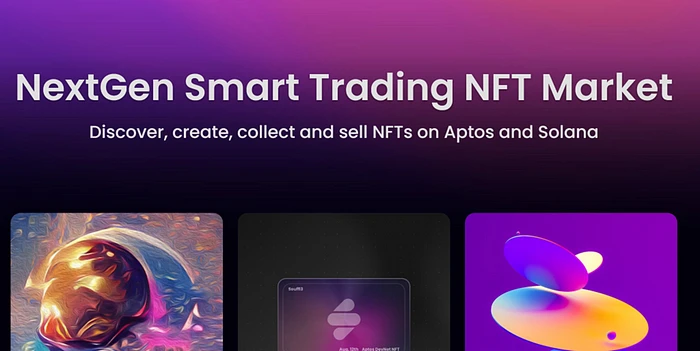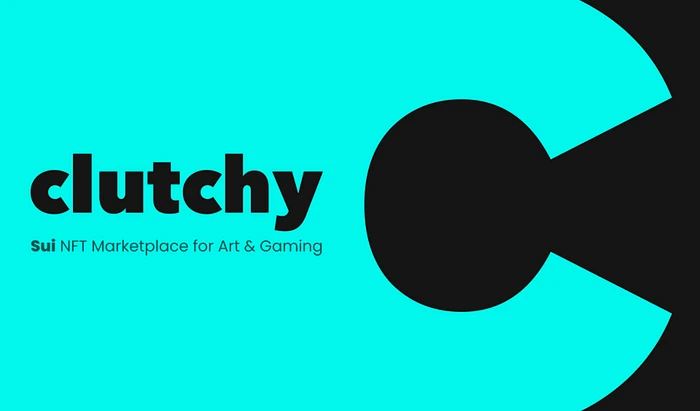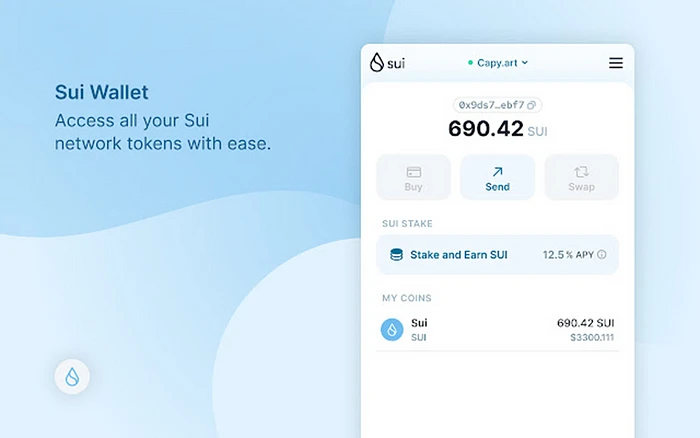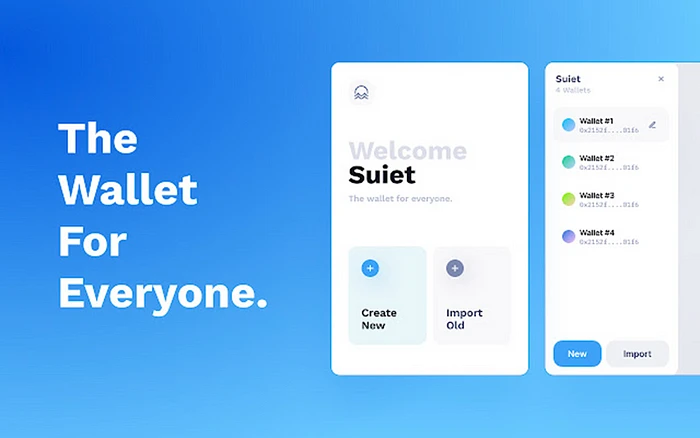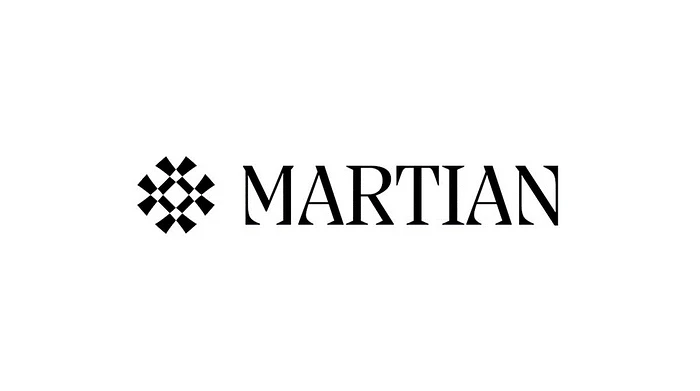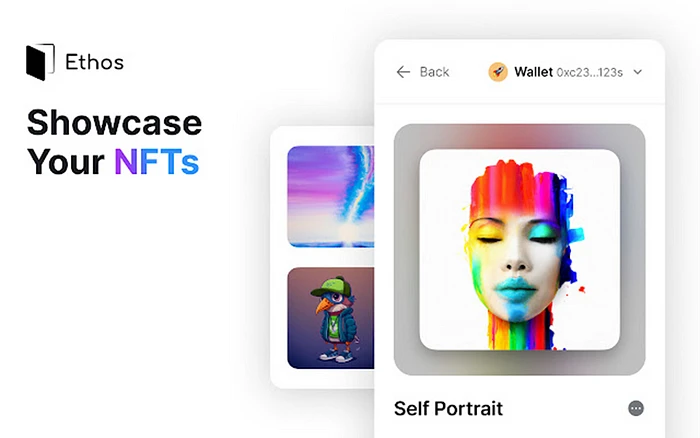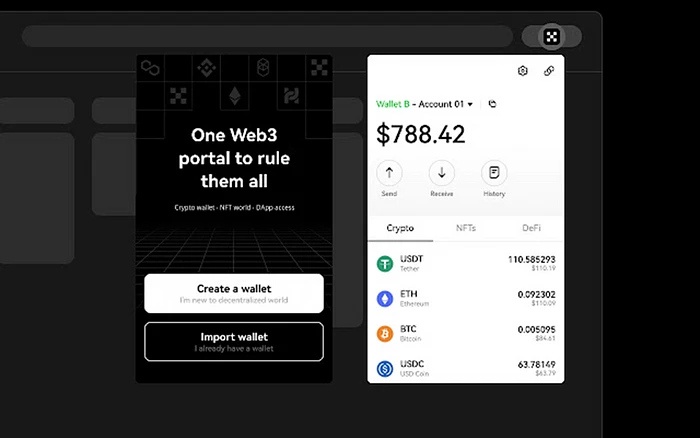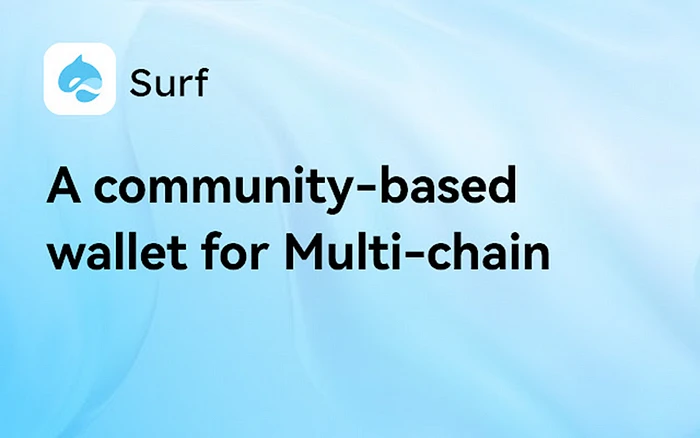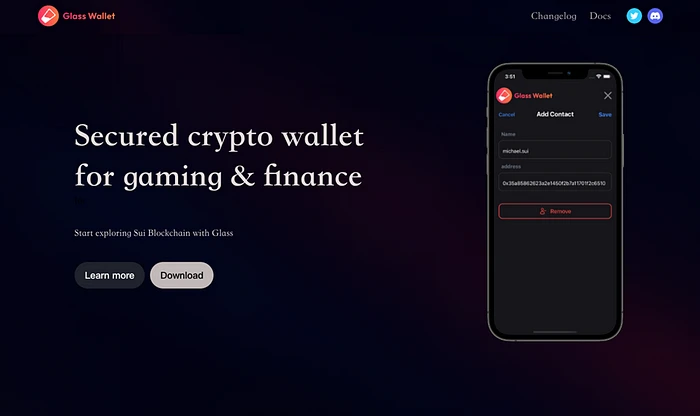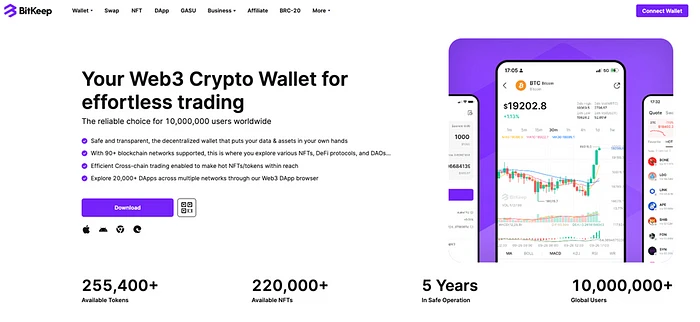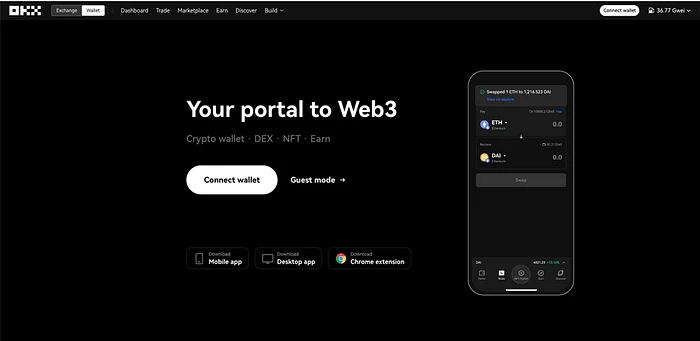How is the ecological development after the Sui mainnet launch?
Original: 《Sui Ecosystem Status - Analysis and Discussion Based on Data and Facts》
Author: Vincent, AC Capital
The Sui mainnet has been live for nearly a month. Setting aside the boring route disputes with ETH Maxis, as a flagship project based on the Move language public chain and the most anticipated Non-EVM Layer 1 public chain, Sui has received quite a bit of criticism in public opinion.
As a long-term observer and ecosystem investor of Sui, I believe we have a responsibility to honestly discuss what has happened in the Sui ecosystem. This article will discuss the current status of the Sui ecosystem from the perspectives of data, applications, events, and more.
Sui On-chain Fundamentals
Sui Ecosystem Progress
Suggestions for the Current Stage of the Sui Ecosystem
Sui's On-chain Fundamentals
1. Total Asset Liquidity
TVL - Currently, Sui's on-chain TVL is $19.02 million, with a peak of $36 million in the past month.
The largest application by on-chain TVL is the decentralized exchange Cetus, which currently accounts for over 65%, followed by Turbos. Over 60% of the TVL components are stablecoins (USDT/USDC, etc.).
source: DeFillama
Trading Volume - Currently, Sui's 7-day trading volume is at least $32.37 million, ranking 20th among all chains. The main on-chain trading volume occurs on Cetus.
2. Sui On-chain Activity
Current On-chain Activity in Sui (7 Days)
Total Transactions: 1,129,884
Total Objects (including smart contracts, tokens, NFTs, etc.): 8.3 million+
Daily Active Addresses: 22,000
Total Active Addresses: 570,000
Using Artemis's statistical method, which counts the number of unique wallets that have made transactions in the last 24 hours, and comparing it to other non-EVM chains like Solana and Aptos, the numbers are even lower:
From the trend, Sui's on-chain activity has shown a downward trend in the past week. It is worth mentioning that since the launch of the Sui mainnet, on-chain activity has fluctuated mainly with the IDOs of several major ecosystem projects and DeFi activities.
Recent major events corresponding to the peak of active addresses in Sui:
- 5.10 Cetus IDO
- 5.12 Turbos IDO
- 5.15 Suia IDO
- 5.19 Cetus opened permissionless pool features, meme projects conducted airdrops across the network
3. $Sui Liquidity
As the native token and main reserve asset of the Sui network, the liquidity of $Sui largely determines the liquidity of on-chain assets in Sui in the absence of a native on-chain stablecoin. Here we will not discuss the future unlocking of $Sui, but only the current circulation status.
Sui uses a DPOS consensus mechanism, and $Sui is currently delegated to 104 staking nodes to earn fixed $Sui staking rewards. The current circulation of $Sui is approximately 528 million, with 7.29 billion $Sui staked. Although the circulation value exceeds $500 million in USD, this is not reflected in the TVL and is quite far off.
This actual situation of insufficient on-chain liquidity, although contrary to many people's stereotypes, was evidenced during the previous IDOs. The IDOs of Cetus and SUIA were oversubscribed by 135 times and 18 times, respectively, which directly led to the $Sui lending pools on OKX and Binance being nearly exhausted, accounting for 1/5 of the total supply of $Sui.
The reason for this can be inferred from observing the current $Sui holding data, where almost all of the circulating supply (likely including most of the $Sui staking rewards) is currently in a non-staked state. The largest holders are speculated to be centralized exchanges (estimated to account for over 4%). This means that only a very small portion of $Sui is used for on-chain activities.
Node staking can be seen as a risk-free interest rate on-chain (similar to US Treasuries), and currently, this rate on Sui averages less than 6%, which is clearly unattractive to investors for a token that has not yet undergone large-scale unlocking. Additionally, due to the lack of LST solutions, Sui cannot be used as collateral to leverage higher interest rate returns on the Sui chain, further explaining why most $Sui chooses to remain on centralized exchanges.
4. Cross-chain Bridges
Currently, Sui only has the Wormhole cross-chain bridge available, which supports cross-chain transactions for over ten assets across seven chains, including ETH, BNB, and Polygon.
Since the cross-chain USDC, USDT, and other pegged assets have not used the object format recommended by Sui, the totalSupply field in TreasuryCap cannot be read, and thus the trading volume and minting volume of stablecoins on this cross-chain bridge in Sui have not been disclosed. The native USDC and USDT tokens of ETH and SOL can be found at their pegged addresses on Sui.
Currently, only two sets of smaller token cross-chain minting data have been found through research, namely WFTM minting volume of 1949.96442242 and WAVAX minting volume of 31.64116756.
Sui Ecosystem Status
1. Who is Carrying the On-chain Data of the Sui Ecosystem
Dex: Cetus
Cetus is the backbone of the DeFi ecosystem on Sui and even the entire on-chain data of the Sui ecosystem. Whether in terms of TVL or trading volume, it almost dominates entirely. However, such a state is not healthy for the entire Sui chain.
Yield Aggregator: Mole
Mole is a yield aggregator based on Sui and Aptos, supporting both single and dual token yield farming models, and has a leverage mining feature similar to Alpaca on the BNB Chain. Currently, its TVL is $180,000.
NFT Marketplace: Souffl3/Clutchy
Souffl3 is an NFT marketplace on Aptos and Sui, supporting zero royalties, Launchpad, and Free mint methods, and has a mini task module called Bake Off.
Cluthy.io is an NFT and gaming marketplace on Sui. It has a very strong IP reserve, including Fuddies NFT, which debuted on Cluthy. In the early stages, many NFT players made Sui NFTs known to the Twitter community through Cluthy's social sharing features. Cluthy also has a mini-game platform similar to 4399, but the current play volume is still low.
NFT Collection: Fuddies
The Sui Bird NFT, known as the 'BAYC' of the Sui community, has a total trading volume of 1.44 million $Sui (Clutchy.io data), making it the most used Twitter avatar Sui NFT across the network. In a sense, it is one of the most prominent representatives of Sui currently.
GameFi: Abyss World
Abyss World is a soul-like ARPG game, and its developer has just completed financing with a valuation of $100 million. The early PR and activities have been well done, attracting a lot of attention, making it one of the most well-known Sui ecosystem games in the industry.
However, Abyss World chose to conduct its IDO on Polygon and settle all game-related assets using Sui.
2. Traffic Entry Points
Wallets and activity platforms are the main entry points for on-chain activity traffic in public chains. Currently, the wallets supporting the Sui ecosystem mainly include:
Browser Wallets:
Sui (https://shorturl.at/sBJ 02)
Suiet (Suiet.app)
Martian (martianwallet.xyz/)
Ethos (ethoswallet.xyz/)
OKX Wallet (www.okx.com/web3)
Surf Wallet (surf.tech)
Mobile Wallets:
Glass (https://glasswallet.app/)
Currently supports iOS and Android downloads, but there are relatively few dApps supporting this wallet.
Bitkeep (https://bitkeep.com/)
Has supported Sui wallet and dApp usage.
OKX (https://www.okx.com/web3)
Supports Sui wallet and $Sui assets, but has not yet supported adding other Sui assets, and the browser does not support Sui dApps.
Activity Platforms
Port 3
Port 3 is a multi-chain activity platform that supports Sui, allowing both on-chain and off-chain tasks. Users can link their Web2 social platform identities with their Web3 wallets to complete related tasks and earn rewards.
Suia
Suia is an activity NFT and social platform based on Sui. Users can mint various event commemorative NFTs on Suia and track project-related NFT activities.
Suggestions for the Current Stage of the Sui Ecosystem
In the current market and liquidity environment, the challenges faced by the Sui ecosystem are foreseeable, mainly: a relatively low number of ecosystem projects launched on the mainnet, poor market performance of early key IDO projects, and incomplete necessary infrastructure.
Ecosystem development certainly takes time and cannot be achieved overnight, and the overall market environment cannot be changed; the poor public opinion situation in the early stages is already a fact… Nevertheless, Mysten Labs and the Sui Foundation still have plenty of room for rapid improvement:
1. Lower Validator Thresholds and Open Up Liquidity Staking (LST) Solutions
Currently, there are 104 Validators in Sui, and the threshold for new Validators is not based on equipment but requires a stake of 30 million $Sui. This has effectively created a high degree of centralization of $Sui, which is not conducive to competition among nodes.
Moreover, the current staking scheme with a 6% staking APY does not provide enough attraction for community users, and it is also impossible to use staked tokens as collateral to leverage on-chain, resulting in the vast majority of $Sui being left on centralized exchanges. This has led to a severe lack of liquidity for on-chain assets and a dilemma of insufficient consensus on $Sui reserves.
In fact, liquidity staking can effectively solve this problem. The Ethereum ecosystem has already made strides in this area, increasing liquidity and innovative scenarios for the ecosystem without raising staking APY and causing greater token sell pressure. From a developmental stage perspective, Sui is far from worrying about "consensus overload" like Ethereum; rather, it should enhance reserve consensus in every possible way.
2. Increase Cross-chain Facilities
Cross-chain assets are one of the most important components of on-chain assets. Whether you like it or not, cross-chain bridges are currently irreplaceable key facilities. The degree of consensus of a chain is directly proportional to the number of its cross-chain bridges; more cross-chain bridges mean at least more arbitrage opportunities, more trading volume, and more users, ultimately leading to stronger consensus. This advantage is particularly evident for low-fee, high-speed chains like Sui.
Wormhole, as a trusted and proven cross-chain bridge supported by Jump, is certainly reliable, but in practical use, Wormhole cannot provide the same native assets and liquidity for "tourists" coming from every chain, and it is difficult to guarantee that transactions will not get stuck on-chain. Therefore, encouraging and introducing multiple different types of cross-chain bridges might be a better choice.
3. Support Native Stablecoins
Even with the introduction of more cross-chain facilities, native stablecoins remain key to prosperous on-chain trading. They lower the reserve threshold for users and alleviate the anxiety brought by cross-chain transactions, while also serving as the basis for the expansion of on-chain asset balance sheets. From ETH to BNB to Solana, history has proven that native stablecoins play a crucial role in the early expansion of public chain ecosystems and their sustained growth later on.
Before Sui, stablecoin pioneers had already made various attempts, and it is time for Sui to leverage its latecomer advantage. A stablecoin team that unites various DeFi protocols, has a clear credit expansion path, and continuously expands use cases is urgently needed to solve liquidity issues in the ecosystem.
4. Accelerate Mobile Wallet Support
Sui's core vision is to bridge more Web2 users to Web3. Clearly, more users, especially younger users, are absolute "mobile-first" supporters. However, as you can see from my previous summary, the available mobile wallets for Sui are pitifully few. You can imagine the frustration when I create 20 addresses in the OKX wallet to participate in the Cetus IDO, only to find that I can only export private keys one by one to use Martian on my laptop, not to mention for those users who didn't even know what crypto was before Sui.
Therefore, we urgently need usable and user-friendly Sui mobile wallet products for both iOS and Android. dApp teams can also consider further integrations with already available mobile wallets, or even better, a middleware team that can provide a connection standard similar to WalletConnect or various wallet API integrations.
5. Improve Data Visualization
Although I hate to say this, the current on-chain data visualization of Sui is one of the roughest I have seen. The main browser tools: Suiscan, Sui Explorer, SuiVision, most of which cannot even intuitively provide the total supply of Coins and NFTs.
I know Sui uses UTXO instead of EVM, but this is not a reason for data invisibility. Participants in the secondary market have already experienced very complete and smooth data tool experiences in the EVM ecosystem, and the aforementioned data is one of the most important indicators for them to participate in the market. What we need to consider is, if we can improve and exceed our competitors, allowing users to have an unprecedented smooth experience, isn't that what we should aim for?
Moreover, the dApp teams have a lot of unfinished work. Why does DappRadar still not provide a Sui dApp dashboard? Why have the launched DeFi projects still not completed the integration of TVL and Volume data into DeFillama? Why can't Portal Bridge provide transaction data and minting volume for the Sui cross-chain bridge? These are all parameters that are extremely important for operations and marketing. Without data, I can't even write more threads to promote the SUI ecosystem.
6. Let It Ride
As participants in the Sui ecosystem, Sui is a very diligent public chain team centered around engineers and is the most friendly to Asian developers. They leave more infrastructure engineering-related work to themselves rather than throwing it to the community, allowing problems to fester. However, this attitude is a double-edged sword; on one hand, it provides developers with higher density technical support; on the other hand, it creates a de facto "metanarrative." Over time, developments unrelated to the "metanarrative" risk being considered "unorthodox," which could marginalize developers with crazy ideas, leading to a lack of innovation. At EDCON in Bogota, the Ethereum community has already been observed encountering such a bottleneck, and Vitalik even had to revisit what "orthodoxy" means. This experience needs to be learned from to avoid being repeated.
As meme community enthusiasts often say, Let it ride, let developers unleash their creativity, and the ecosystem will benefit; flowers often grow from the weeds.



